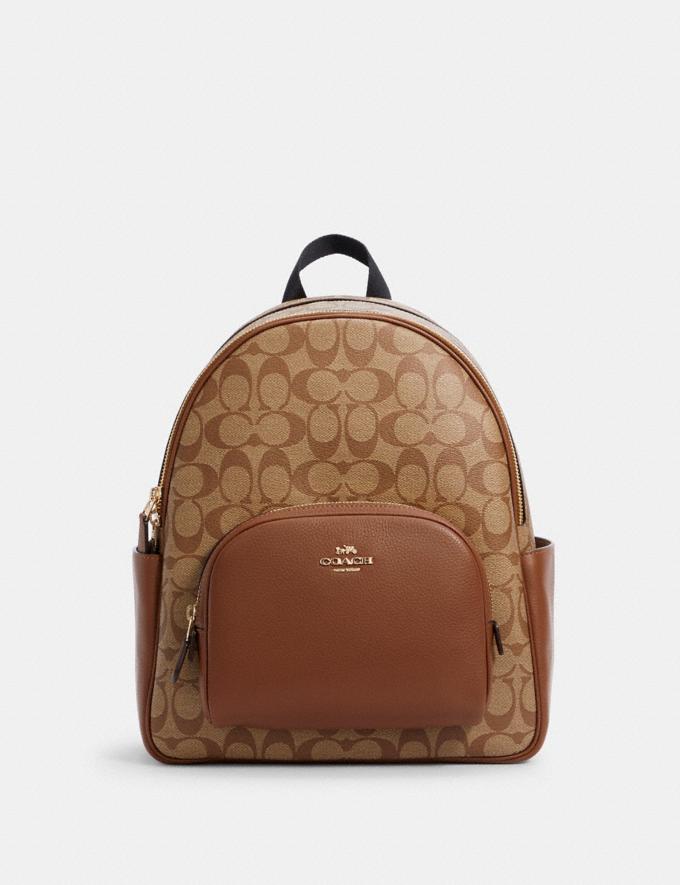The Roll Top. Made From Recycled Plastic. 16″ Laptop Pocket – Stubble & Co
The NEW Stubble & Co Roll Top backpack. Functionality meets performance. Lightweight, durable and exceptionally comfortable, this is our ultimate backpack for all weather conditions. Designed with cycling and the outdoors in mind, it features sealed seams, water-resistant zips, reflective logos and considered compartments for all your daily essentials. Made from robust recycled materials.
The NEW Stubble & Co Roll Top backpack. Functionality meets performance. Lightweight, durable and exceptionally comfortable, this is our ultimate backpack for all weather conditions. Designed with cycling and the outdoors in mind, it features sealed seams, water-resistant zips, reflective logos and considered compartments for all your daily essentials. Made from robust recycled materials.
- Roll top closure with G clip for quick and secure access
- Direct access padded 16” laptop compartment
- Bike light anchor point
- Breathable and cushioned back panel
- Ergonomically designed straps for everyday comfort
- Two side pockets to fit a water bottle, umbrella or bike lock
- Reflective trim, base and branding
- Ultra-reliable water-resistant zips and sealed seams used throughout
- Vertical outer pocket
- Inner zip pocket for valuables
- Organise your charger and other valuables with two internal mesh pockets
- Top grab handle
- W 30 x H 44 x D 15 cm
- 20L capacity
- 0.9kg weight
Every element of the Roll Top is made with robust materials that are built to last. Where possible, we have opted for materials from recycled sources, but only where they have passed stringent performance tests. The main body of the bag is made from waterproof materials, the seams have been taped and we use water-resistant zips.
- 600D Recycled PET
- 200D Recycled PET Lining
- Tarpaulin (Base)
- Recycled PET Webbing
- 3D Poly Air Mesh
- YKK Aquaguard Zips
Additional information
| Dimensions | W 30 x H 44 x D 15 cm |
|---|---|
| Capacity | 20 L |
| Weight | 0.9kg |






by Mauricio
Nice looking backpack. High quality. I love the inside and color design.
by Nicholas
It took a minute for the bag to arrive, but I had a long ways to go. It was well worth the wait. It was just what I wanted. It’s very comfortable waterproof and has just enough pockets. I love the computer pocket, I hardly notice my laptop is in there.
by Ray
Very comfortable, simple yet effective design. Looks good and I’m confident it will give many years of service.
by Damian
Absolutely 10/10! Package arrived 3 days later. The backpack is perfect! Very nice materials, design, a lot of pockets and space. I’ve bought it for my laptop specifically and I’m more than pleased.
by Duncan
Great bag which has at least the same quality of the established brands. Took it around the US west coast with a separate camera internal bag inside. Essentially doubles as a ruck sack and camera bag.